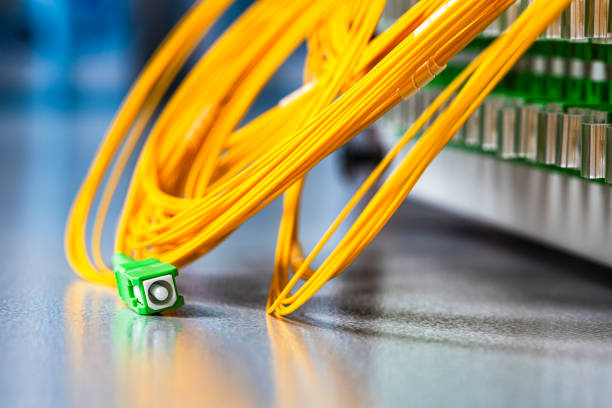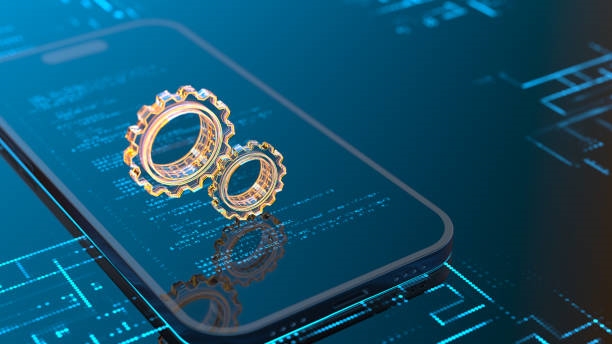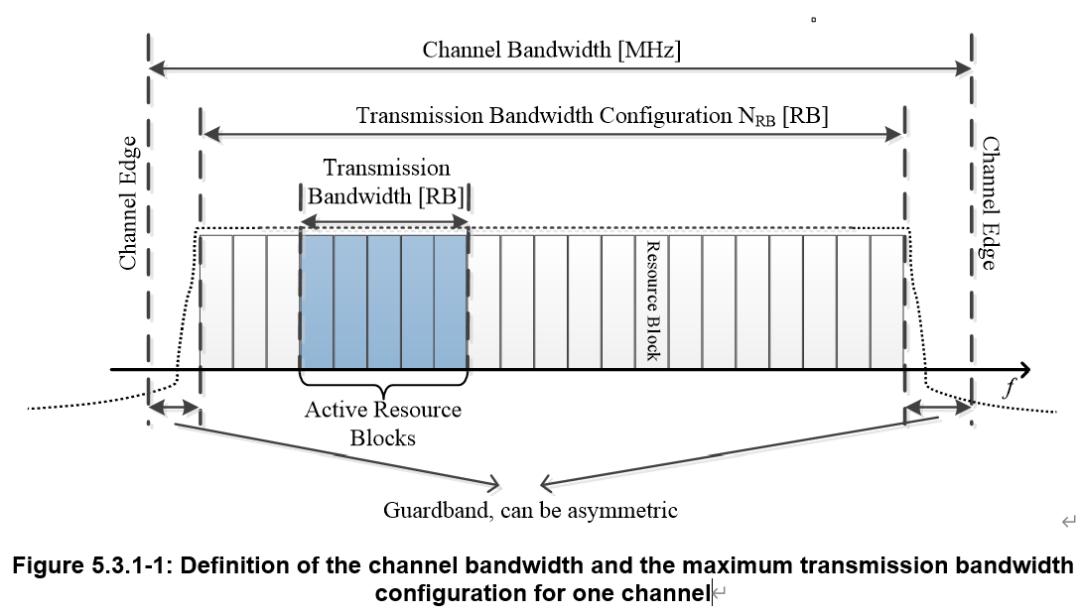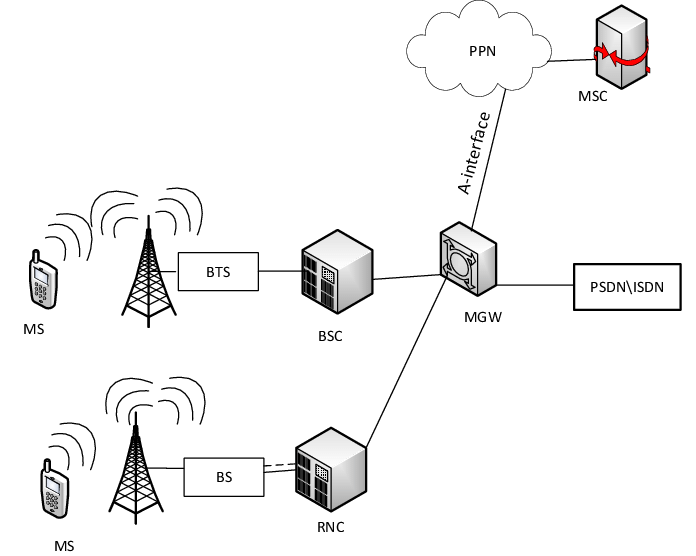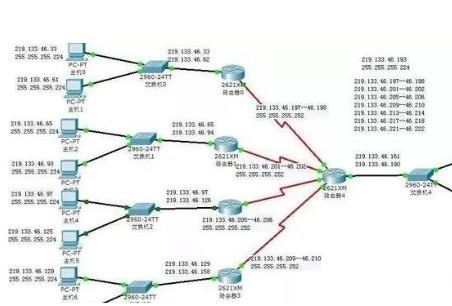Fiber Patch Cord Types
Fiber patch cords are short fiber cables used to connect equipment to fiber transmission lines. Common types include:
- Single-mode fiber patch cord: suitable for long-distance, high-speed transmission and narrow wavelength ranges; offers lower modal dispersion and lower loss.
- Multi-mode fiber patch cord: suitable for short-distance, lower-speed transmission and wider wavelength ranges; commonly used in local area networks and data centers.
- OM3/OM4/OM5 multi-mode patch cords: support 10G, 40G, and 100G Ethernet, providing higher bandwidth over relatively short distances.
- Specialty patch cords: for example, polarization-maintaining fiber (PMF) patch cords and hollow-core fiber (HCF) patch cords.
Fiber Access Types
Common fiber access topologies include:
- Fiber to the Home (FTTH): fiber extended directly to residences or office units.
- Fiber to the Building (FTTB): fiber brought into the building.
- Fiber to the Desk (FTTD): fiber brought to individual office or work areas.
- Fiber to the Kerb/Curb (FTTK): fiber extended to street or neighborhood junctions.
Fiber Connection Methods
There are two primary connection methods for fiber links:
- Point-to-point connection: a single fiber connects two devices directly.
- Cross connection: multiple devices are interconnected via fiber to form a network topology.
Both methods use fiber as the transmission medium for data and communication.
 ALLPCB
ALLPCB


